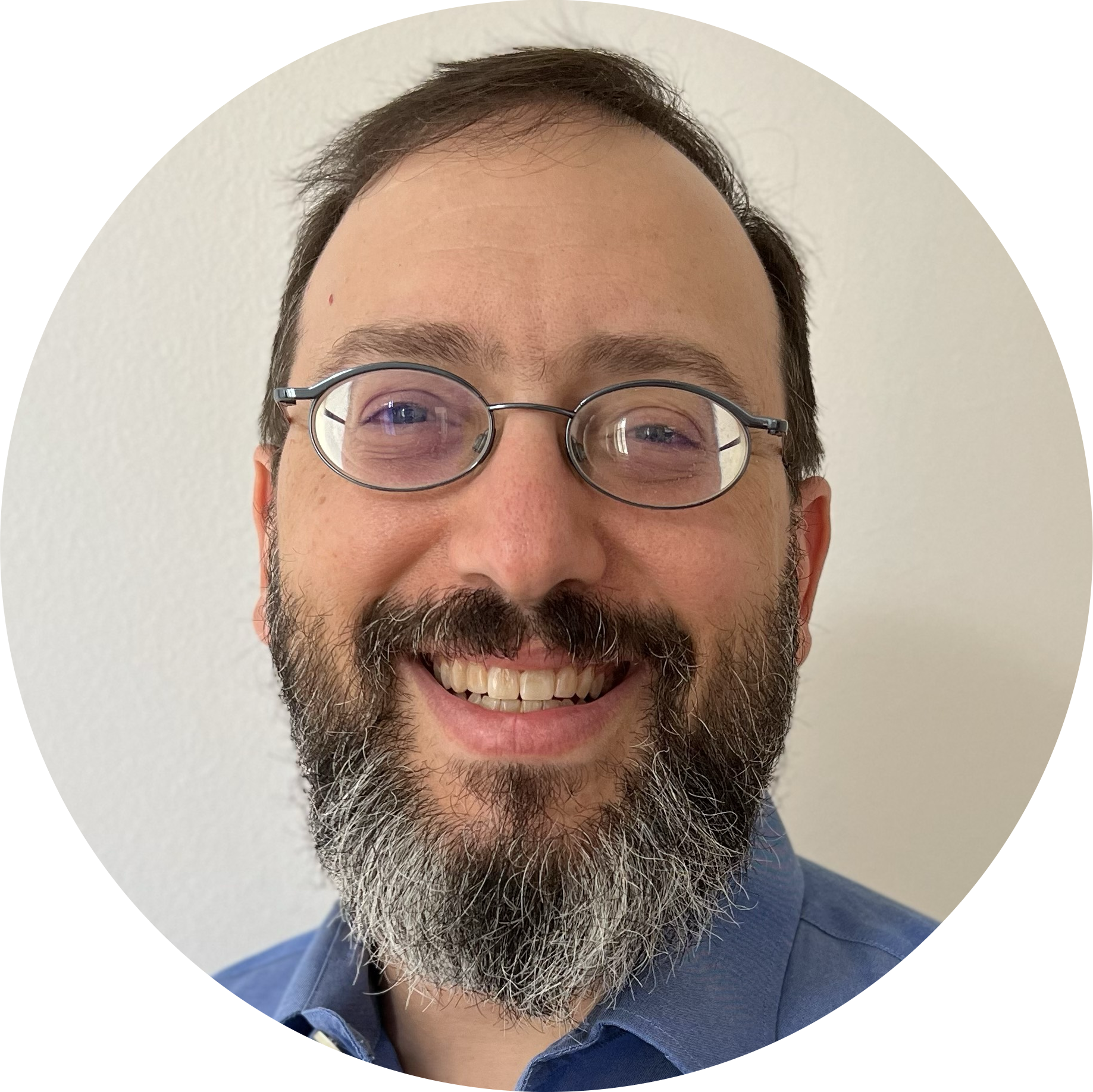I recently listened to the audiobook version of The Goal by Eliyahu M Goldratt. The book is a fictional account of a production plant, but it’s really a Socratic development of the Theory of Constraints. While the setting is manufacturing, the principles are a valuable mental model for any kind of work. The concepts resonated so much that I wanted to capture the key ideas for future reference.
I walked away from the book wanting to remember two different sets of principles. I am reproducing them here. I am treating these as quotes even though I suspect I have inaccuracies in my transcriptions:
Theory of Constraints principles - The Five Focusing Steps
- Identify the Constraint: Find the bottleneck in your team’s workflow. This isn’t a single person, but rather the single step or resource that’s holding up the most work. It could be a specific skill set, a review process, or a tool.
- Exploit the Constraint: Ensure the bottleneck is always working on the most important tasks. Don’t let it sit idle. If the constraint is a person, make sure they aren’t distracted by low-priority tasks.
- Subordinate Everything to the Constraint: All other team members and processes should be focused on supporting the constraint. The work feeding into the constraint should be prioritized, and the work flowing out should be handled efficiently. The pace of the entire team should be set by the pace of the constraint.
- Elevate the Constraint: If the constraint can’t keep up with demand, invest in improving it. This could mean training new people, purchasing new tools, or improving the process itself.
- Go Back to Step 1: Once you’ve successfully managed the old constraint, a new one will emerge. Continuous improvement means always looking for the next bottleneck.
These principles apply to both project-based and ongoing work. While there are specific theories for low-touch work, or work where the actual effort is a small part of the total production time, typically manufacturing, and high-touch work, the opposite, typically knowledge work, these principles underlie them both. The Goal focuses on the low-touch, but these core concepts are universally applicable
The book Critical Chain by the same author apparently dives into high-touch work and is on my reading list. When you have work that is driven by a knowledge working team that doesn’t have a production target but is instead broader goal foused with lots of quasi-related tasks, you should apparently ground in the high-touch concepts and then return to these principles.
Beyond the five focusing steps, Goldratt also offers a framework for implementing change once you’ve identified a constraint.
The Three Questions for Guiding Change
- What to change? (Identify the problem) This step involves identifying the core problem or constraint that is limiting the system’s performance. It’s the bottleneck that prevents the organization from achieving its goal.
- What to change to? (Identify the solution) This step involves developing a solution that will effectively address the core problem. The solution should be a new policy or procedure that will remove the constraint and improve the system’s throughput.
- How to cause the change? (Identify the change needed) This final step involves creating a plan to implement the solution and overcome any resistance to change. It’s about getting buy-in from the team and making sure the change is successfully executed.
This framework made me think about how managers should involve their teams in the change process. It provides a simple, collaborative way to solve problems, rather than making it a top-down function. Whether this was intentional or not it breaks this act up into stages that create natural points to grow the number of people involved in the activity.
A Bonus Observation on Education vs Training
As an aside, in the opening of the book Goldratt makes the following observation and it resonated heavily with me:
Education is learning through a deductive process. Training is showing the end conclusions with no derivation. Education is the presentation of question marks not exclamation points.
This seemed key in helping me both explain why we teach something like Algebra but also why so much corporate training fails.
A point Goldratt makes is that academics tend to start their thinking with a hypothesis, while common practice is to gather data and then try to force-fit an external structure. I am keeping this idea, along with the other principles, in mind as I approach problems and projects. My hope is that they guide me to be more focused on the problem and the solution than the whole problem space.
